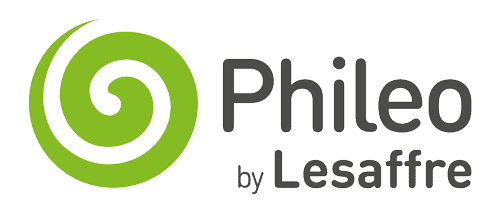Antibiotic reduction in broilers
In a 2016 report outlining rising drug resistance, Lord Jim O’Neill estimated that deaths from AMR could balloon to 10 million a year by 2050, at a global economic cost of 100 trillion USD. As such, many countries decided to reduce the use of antibiotics in poultry production. The United Nations and other non-governmental organisations created a framework to combine reduction efforts in animal health, human health, and the environment, namely the One Health approach. This covers animal health actions, such as training for farmers, vets, technicians, and others.
Reducing antibiotic usage must be global, embracing farm management, nutrition, and feed strategies to reduce stress in birds that can induce the diseases which were previously treated with antibiotics. There are 2 classes of antibiotics: the ones used as growth promoters (AGPs) and others used to prevent diseases or cure sick birds.

Finding alternatives to AGPs
AGPs are used for their anti-inflammatory rather than antibiotic effect. Used at sub-therapeutic dose levels, below Minimum Inhibitory Concentration (MIC), they can still work in the presence of widespread bacterial resistance (E.G. tetracyclines). For this reason, their mode of action is more complex than that of antibiotics. Accumulation of AGPs in inflammatory cells, and their capacity to inhibit cell functions, explains their anti-inflammatory effect. They can reduce chronic gut inflammation in fast-growing broilers, which can save energy and reduce feed conversion rates.
Safmannan® is a good candidate as an alternative to AGPs. Its mode of action may be related to the interaction with immune receptors (Dectin-1 and TLR2) and the modulation of the NF-kB response.
Trials with Safmannan®
By modulating inflammatory responses and the preservation of tight junctions, Safmannan® may help to support gut health and save energy. Safmannan® has been evaluated in several trials with AGPs such as Avilamycine.
Finding treatment alternatives to antibiotics
Safmannan® positively influences gut microflora, gut morphology and immunity. A Necrotic Enteritis-model was used to compare bird performance between a non-supplemented/non-challenged control (UUC), a non-supplemented/challenged control (UIC), a bacitracin MD (BMD-50g/ton) supplemented group and a fourth group supplemented with Safmannan® (250 g/ton).
Challenged birds supplemented with either BMD or Safmannan® did not show significant differences in BW, FCR or mortality rates, compared with the UUC group.
Additionally, a significant decreased lesion score in the BMD and Safmannan® groups was found, in comparison with the non-supplemented/challenged control group. Supplementation of challenged birds with Safmannan® allowed them to perform as well as non-challenged controls and AGP supplemented birds.
Fill in this form to download your guide
Download your brochure on post-antibiotic transition management
















